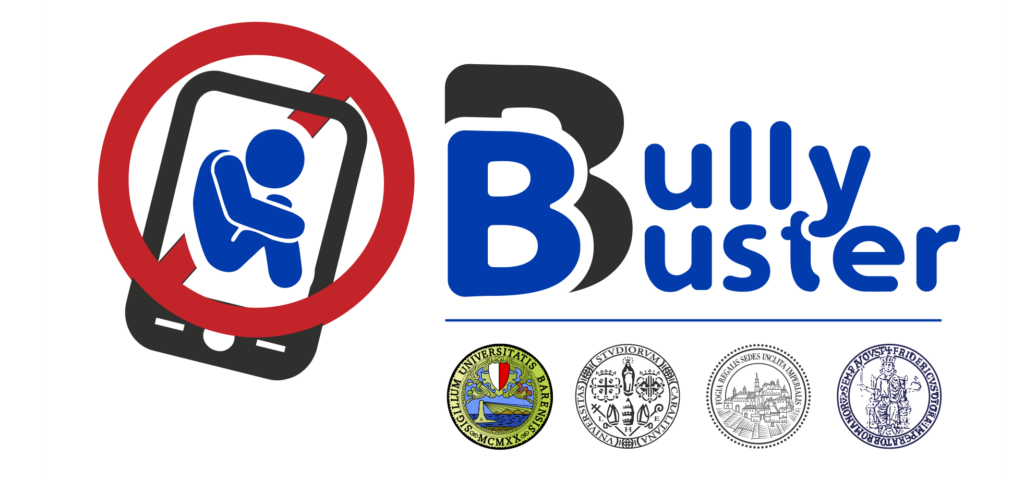DeepFake detection
Deepfakes refer to all multimedia content that is synthetically altered or created using generative models in the field of Deep Learning. The main techniques used for this purpose are Generative Adversarial Networks (GANs) or Autoencoders. These techniques are continuously improving and allow for the generation of incredibly realistic images, making it possible to swap faces, add accessories like glasses, hats, or beards, change facial expressions, age or look younger individuals. Some networks are trained to generate completely synthetic faces. In addition to individual images, it is also possible to generate videos and allow the creation of fake speeches that have never happened before. All of this has made the situation worrying because it is possible to create deepfakes easily using applications or web apps and for this reason our research focuses on the study of technologies capable of recognizing these manipulations in the most complex scenarios.
PRA Lab studies and develops solutions for detecting deepfakes and morphing attacks, exploiting the quality inconsistency between frames and information in the frequency domain.
Latest Releted Publications
Active projects

Supported by the Italian Ministry of Education, University and Research (MIUR) within the PRIN2017, the project has been included in the Global Top 100 list of AI projects addressing the 17 UNS-DGs (United Nations Strategic Development Goals) by the International Research Center for Artificial Intelligence under the auspices of UNESCO.
Biometrics research topics
RESEARCH TOPIC
Personal authentication
Personal recognition through physiological and behavioral characteristics.
RESEARCH TOPIC
Crowd Analysis
Anomaly detection in crowd analysis refers to the ability to detect events that deviate from normality.
RESEARCH TOPIC
Multimodal biometrics
Combining information coming from different biometric traits and soft-biometrics.
RESEARCH TOPIC
Behavioral biometrics
Analysis of behavior and biomedical signals in the biometric domain.

